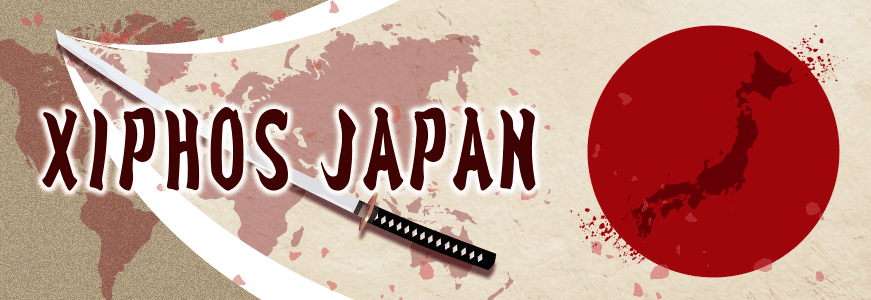
As you know, Japan is surrounded by the sea, which has been rich in fisheries resources since ancient times and provides the Japanese with valuable protein resources, which are inseparable from their diet.
In the past, Japanese fishing boats sailed the world’s oceans and boasted the world’s largest catch of fish. However, as countries have established 12 nautical miles of territorial waters and 200 nautical miles of exclusive economic zones (EEZ) to protect their own fisheries resources, it is no longer possible to fish freely as before.
Unfortunately, since it is no longer possible to fish in the rich fishing grounds, catches have fallen dramatically and the fishing industry in Japan is now in decline. Of course, the setting up of EEZ by other countries is a major reason for the decline in catches, but the effects of climate change and overfishing cannot be denied.
Instead of taking fish from nature, which seems inexhaustible, aquaculture is a way of efficiently catching fish under some degree of human control.
In the 2020s, seafood, which is an essential part of Japan’s diet, is undergoing a major transition from ‘catching fisheries’ to ‘raising fisheries’, along with the limits of natural resources. At the heart of this shift will be aquaculture.
While meeting the growing global demand for seafood, Japan’s aquaculture industry is now facing major changes between technological innovation and sustainability.
Smart aquaculture is evolving the fisheries industry:
Aquaculture, which once relied on ‘intuition and experience’, is now rapidly becoming smarter through AI and IoT technologies.
For example, in sea farming, water temperature, dissolved oxygen and fish feeding behaviour are monitored in real time, enabling automatic feeding and early detection of disease. In local fisheries, where manpower is in short supply and the population is ageing, the introduction of such technology is expected to serve as both a ‘labour-saving’ and ‘high value-adding’ measure.
Furthermore, in recent years, land-based salmon farming has also been gaining momentum. This enables production and sales near cities, unaffected by changes in the marine environment, and a new business model of ‘local production for local consumption’ x ‘high efficiency’ has emerged.
facing up to the inevitable sustainability:
On the other hand, the more aquaculture expands, the more environmental impact it inevitably has. Water quality deterioration, red tides and seabed pollution caused by overcrowded aquaculture – proper management and legislation are essential for sustainable growth.
In addition, the raw materials for fishmeal and fish oil used to feed farmed fish are natural fish. From a sustainability perspective, the switch to plant proteins and insect raw materials is also an urgent target.
The development & introduction of new cultivation methods and technologies is key. A new market called ‘Fisheries Feedtech’ is being formed, with fish feed manufacturers, start-up companies and educational institutions such as universities entering the market.
Can Japan’s fish aim for the world?
The Ministry of Agriculture, Forestry and Fisheries (MAFF) is also focusing on an export strategy for the Japanese aquaculture industry. High-quality Japanese fish is highly valued around the world, particularly in Asia. However, the current situation is that the fixed supply system, price competitiveness and compliance with certification systems (e.g. ASC) are not yet sufficient.
The Government has also set a target of 1 trillion yen in seafood exports and is strengthening cooperation with the private sector. Some yellowtail and salmon have already entered the Hong Kong, Singapore and North American markets, securing new sales channels. If we are to further develop sales channels, the key is to build a system that integrates technology, brand and logistics.
Japan’s fishing industry, which once relied on ‘natural bounty’, is in decline and fisheries are no longer viable on their own. A ‘nurturing fishery’ that embraces technology and sustainability as a strategic industry can not only protect Japan’s food supply, but can also be a weapon to take on the world.







